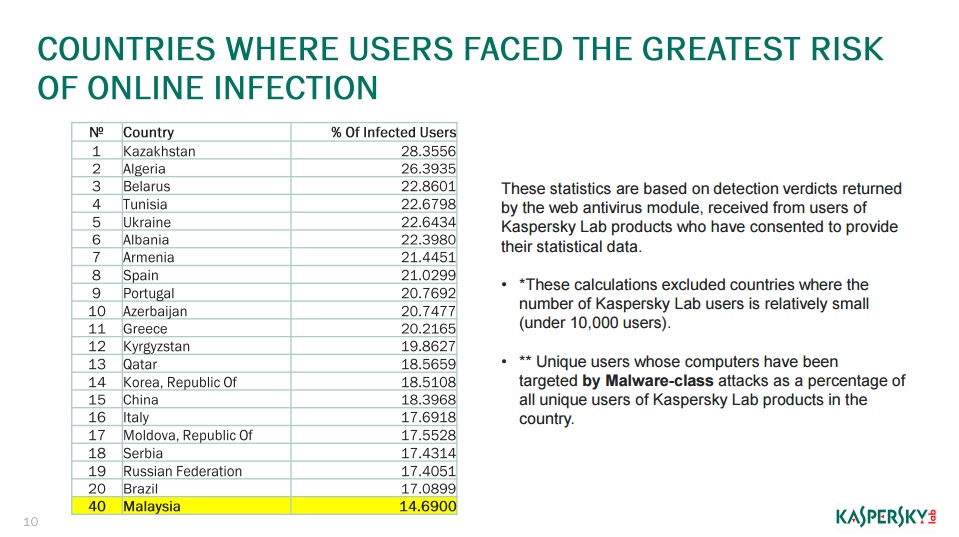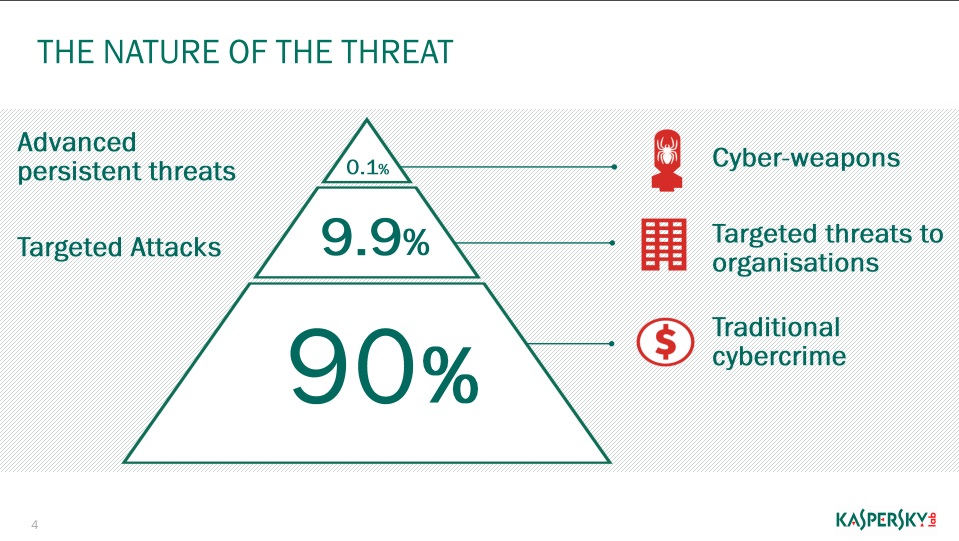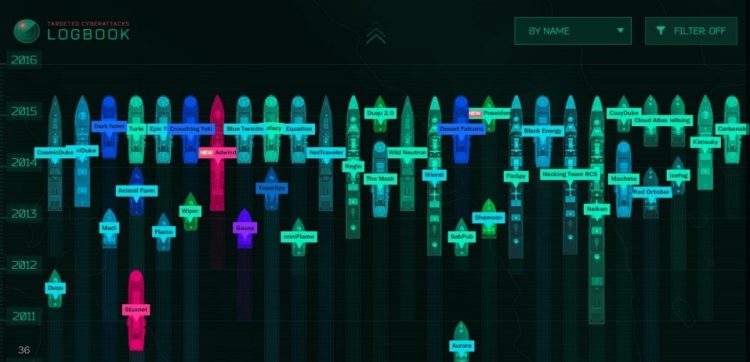One in six Malaysians have been infected by malware at some point in the past year; or at least that’s what Kaspersky’s Q3 2016 report has indicated. The report also indicates that this region is becoming increasing susceptible to mobile based malware.
Malaysia ranked at the 40th overall most at risk country in the world for malware, which isn’t exactly too worrying. A large portion of the most at risk countries were located in eastern Europe. Curiously, a large portion of malware also happens to originate from the same place as well.

Kaspersky also reported that only 11-percent of Malaysians contracted malware from a local source. Local in this context happens to refer to offline media like USB drives or external hard drives. Although, that still means that there is a 1-in-10 chance of something happening when borrowing that innocent thumb drive.
On a more global scale, ransomware is maintaining its momentum and more cybercriminals are looking to make a quick profit from it. The number of detected types of ransomware has ballooned from 9296 in Q2 2016 to 32091 in the third quarter. Kaspersky advises victims of ransomware to avoid paying the cybercriminals at all cost; as doing so only encourages them to continue these activities.

Unsurprisingly, malware is still largely dedicated towards traditional cybercrime – with 90-percent of detections falling within this category. However, there is still a small sliver that manages to get categorised as cyber-weapons. Examples of these include the Black Energy incident in Ukraine and Operation Ghoul that swept across several countries.
As is the usual case, the best defence against malware is to simply watch out for phishing attempts and misleading links. On the other hand, many people go about their lives blissfully unaware of malware on their computers.


